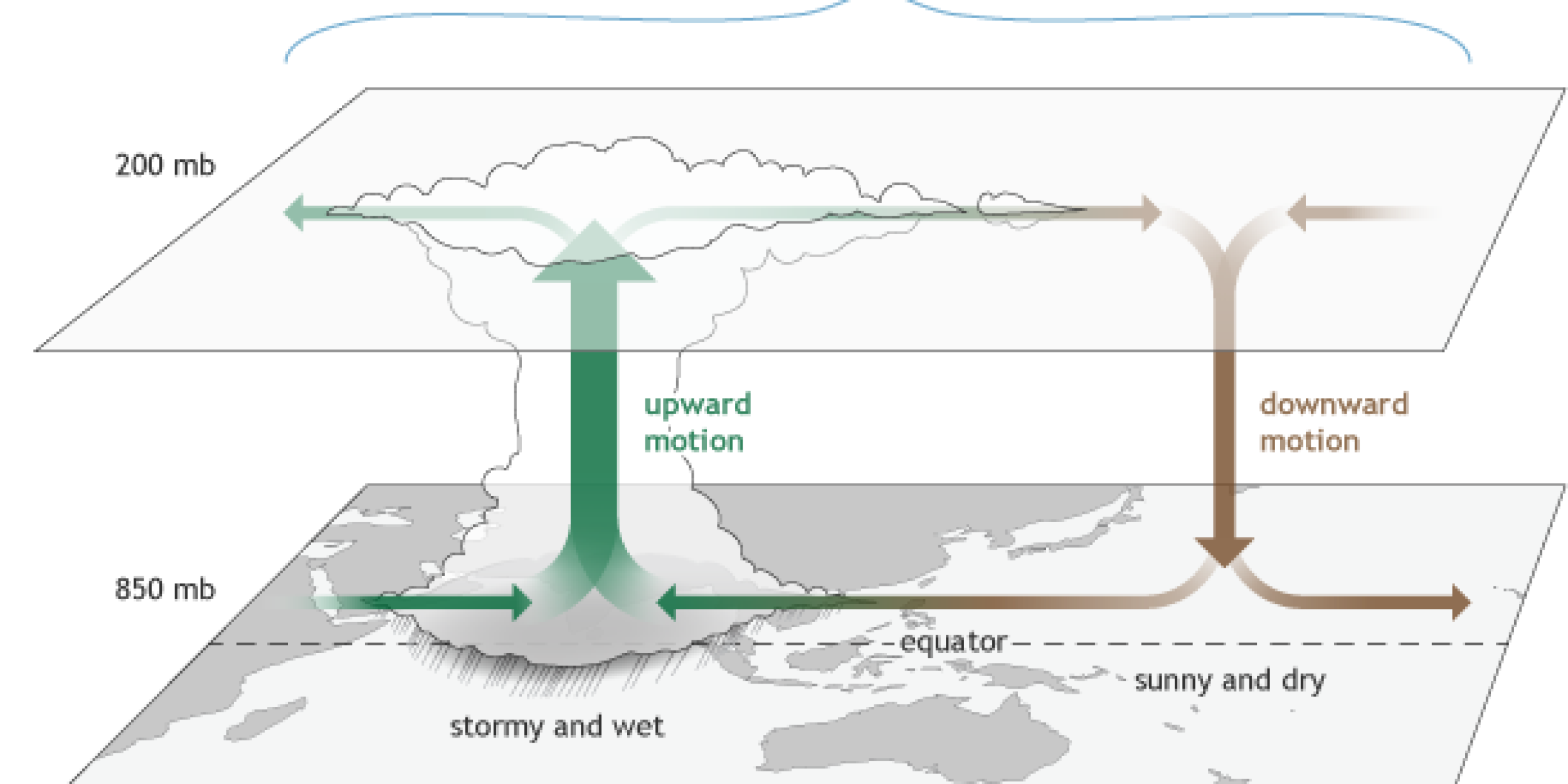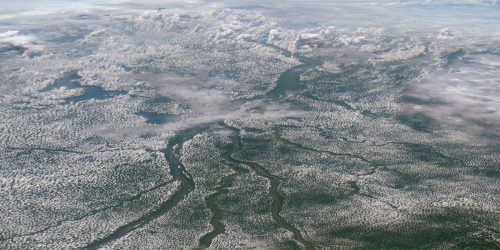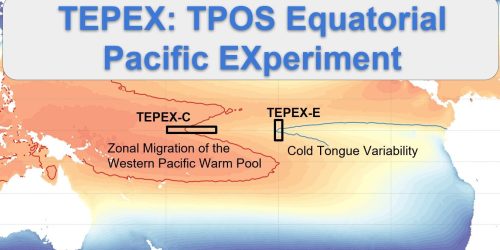

Their research corroborates other findings that a majority of MJO events are successive, and that Rossby gyres from the previous suppressed MJO convection help initiate the next MJO event. Additionally, the authors find that when circumnavigating Kelvin waves are suppressed, the MJO amplitude is reduced, but the MJO activity is as regular as in the control simulation.
Abstract:
MJO initiation is studied in an aquaplanet general circulation model that has strong and highly regular MJO-like variability. About 80% of MJO events in the model are found to be successive events, immediately preceded by another strong MJO event. Hence, the dynamics of MJO initiation in the model are dominated by interactions with preceding events. Rossby gyres associated with the previous cycle of suppressed MJO convection to the east are shown to help initiate the next cycle of MJO convection in the western warm pool, consistent with the recent study of Zhao et al. [2013]. Meridional and vertical moisture advection associated with the anomalous Rossby gyres help to moisten the MJO initiation region in advance of convective onset. An experiment is conducted in which circumnavigating Kelvin waves and their influence on the MJO initiation region are suppressed. While MJO activity in the model is just as regular with suppression of circumnavigation, MJO amplitude is reduced relative to the control simulation, especially in the western part of the warm pool. Possible physical mechanisms responsible for this change in MJO amplitude are discussed, including the role of low-level moisture convergence anomalies induced by circumnavigating Kelvin waves, and interactions with mean state changes.
To view a PDF of the paper, visit: http://onlinelibrary.wiley.com/doi/10.1002/2015MS000495/abstract










